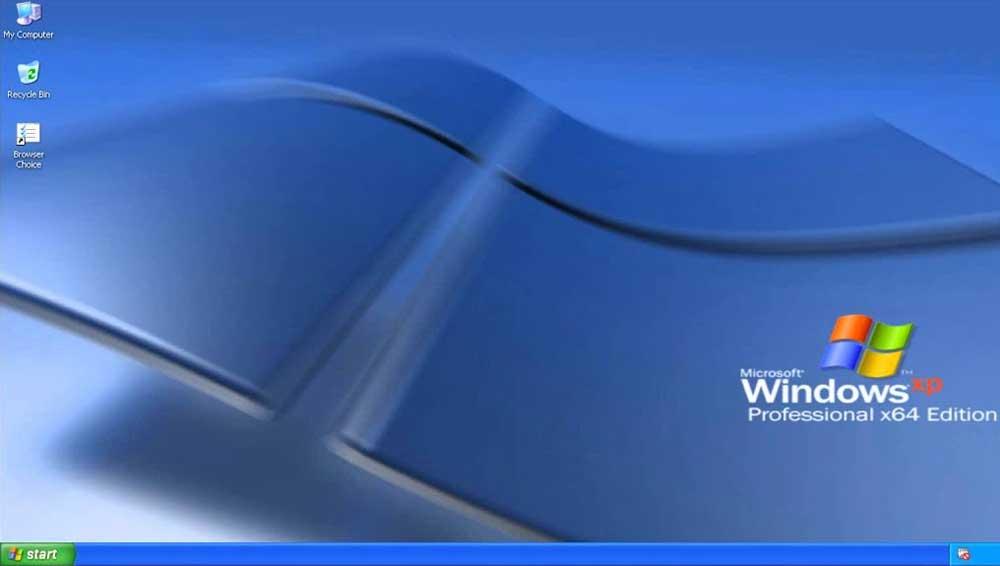The different versions that Microsoft has released of its Windows system over the last few decades have been a very important element in the history of software. In these moments, 18 years have passed since the first version with 64-bit architecture, we are going to review what this step forward really meant.
We must bear in mind that the operating system that we install on our computer is one of the most important software elements. From it we can choose the programs to install, their type, architecture and mode of use. Therefore, we could say that the transition from 32 to 64 bits in Windows was an important step technologically speaking.
In addition, this occurred in one of the versions of the Microsoft system that has had the most acceptance throughout history, we refer to Windows XP. The first version of this could be seen at the end of 2001, although it was not until 2005 when it advanced to the 64-bit architecture. Specifically, we are referring to the 18 years that have passed since Microsoft decided to make Windows XP Professional x64 Edition available to everyone. Without a doubt, the most significant thing here was the arrival of the 64-bit architecture to the Redmond operating system.
To give you an idea, this version was a variation of the 32-bit operating system, Windows XP, for PCs, but now based on the x64 architecture. Thus, it was developed to improve memory addressing supported by the AMD64 and Intel 64 architectures, as well as for later 64-bit processors.
What did the first 64-bit Windows bring with it?
The first thing to keep in mind is that this change increases the maximum RAM memory supported by the system. In this way, the limit of 4 gigabytes imposed to date is exceeded. From there, Microsoft stated that the new limit would increase as hardware capabilities evolve. However, when that time came, users were not forced to forget about applications with the old architecture.

And it is that Windows XP Professional x64 Edition used the WOW64 technology for the execution of 32-bit applications. Undoubtedly one of the greatest advantages that the change brought with it was the increase that we talked about in the maximum amount of RAM. For example, this new operating system could already handle much more memory, starting with 128 gigabytes of physical memory and 16 terabytes of virtual memory. At this point it is important to know that 64-bit processors perform factorial calculation tasks at least twice as fast as those based on 32 bits.
In terms of security, the transition from XP to the new architecture automatically ruled out the arrival of malicious code developed with the old architecture. We must bear in mind that at that time they were the majority, which provided users with a more reliable and secure operating system. It is evident that in general terms, all this represented a significant increase in the general performance of our desktop computers, something that continued to be worked on over the years.













